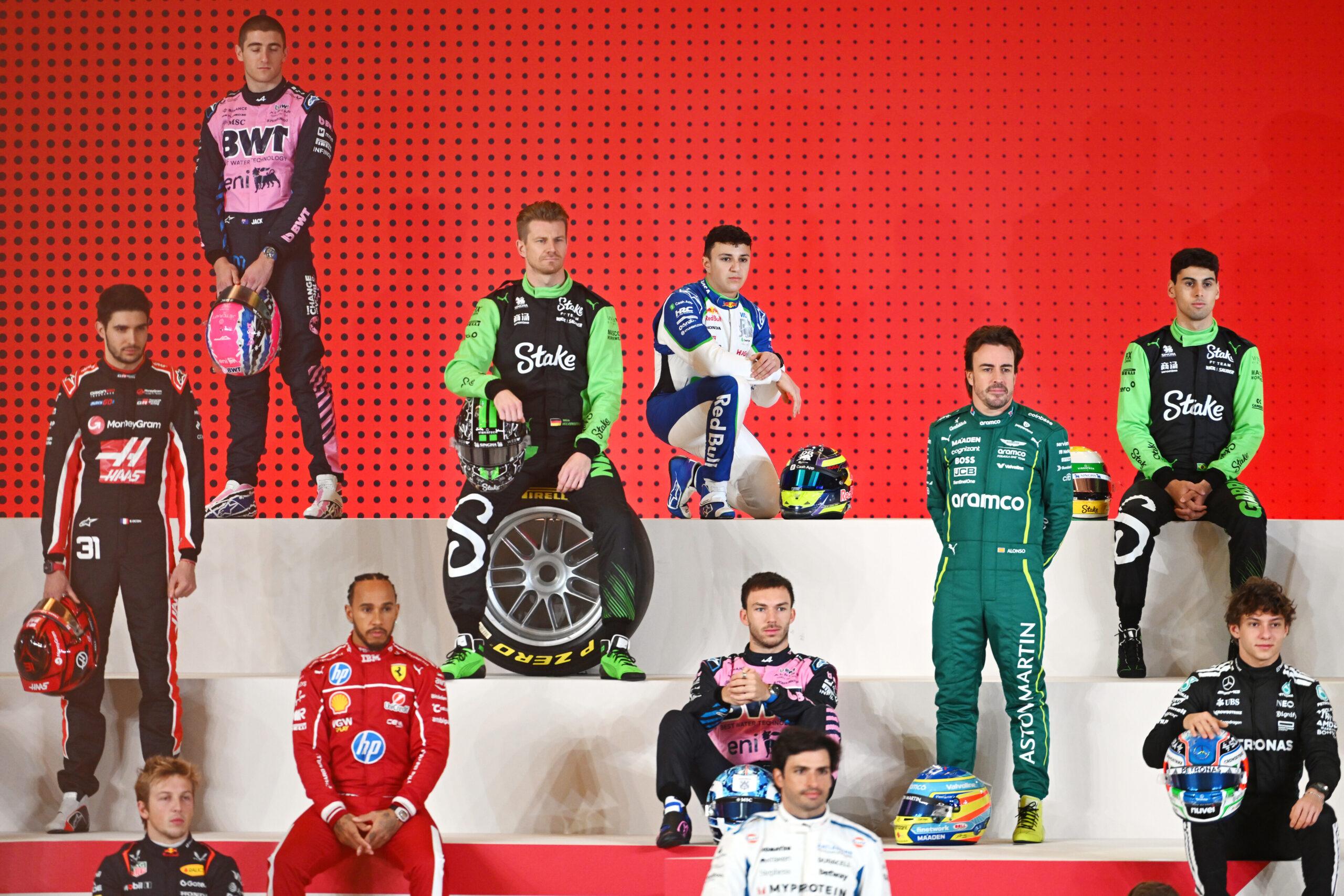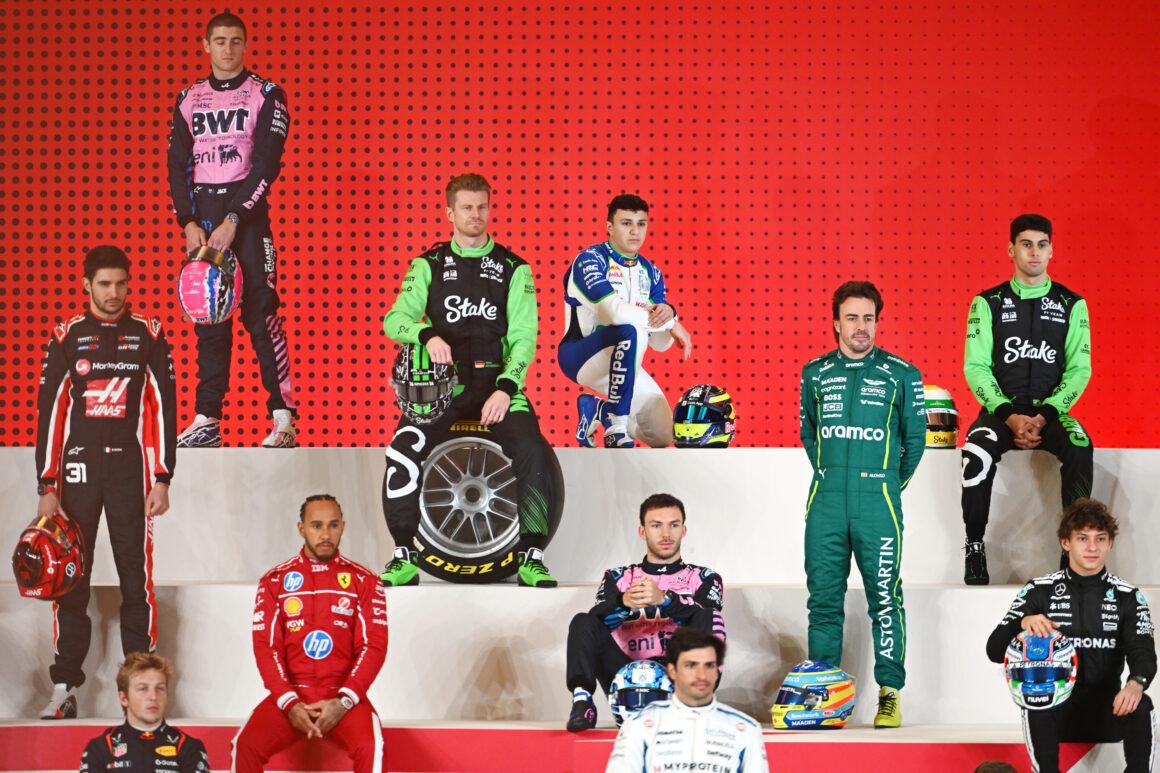The Indian Grand Prix arrived like a meteor in 2011, blazed for three races, and vanished. Blink and you missed it. The Buddh International Circuit was fast, flowing, and universally praised. And then? The plot thickens like bureaucracy’s excuse list.
Let’s cut the fluff. India had F1 from 2011 to 2013 at Buddh International Circuit in Greater Noida. It was supposed to take a one-year break in 2014, return in 2015, maybe 2016. It never did. Why? A cocktail of taxes, politics, and timing so bad it should come with a warning label.
The Rise: Big Vision, Bigger Promises
India didn’t stumble into F1. The chase started in the late 1990s with sites floated in Kolkata, Hyderabad, Bangalore, Mumbai, and the Delhi region. The dream was shiny and bold: a new frontier for Formula One in a country obsessed with speed—just not on circuits yet.
After a parade of false starts and moving goalposts, a deal landed. Jaypee Sports International inked a five-year contract to host the race. Hermann Tilke drew the track. The governments nodded. The teams did glorious demos across Indian cities. The hype train? Full throttle.
Buddh International Circuit: A Serious Player
Buddh was no half-baked venue. A 5.125 km layout with elevation, fast sweepers, and a monstrous back straight built for DRS fireworks. Four million cubic tons of earth shifted for that dramatic rise and fall. Purpose-built in Greater Noida, on 875 acres of ambition.
Drivers loved it. Fans loved it. Sebastian Vettel loved it most—he won all three races like he owned the deed. Lights out and away we… oh wait, Vettel already won.
The Economics: Expensive Spectators, Indeed
Here’s the uncomfortable truth. The Indian GP wasn’t subsidized by the central government. That meant the promoter paid around $40 million per year to host the event. That’s elite-level pain. The upside? Potentially $170 million in economic impact and thousands of jobs. On paper, it made sense.
But motorsport math is cruel. You need clean politics, stable policy, and long-term vision. India brought a great circuit to a knife fight with red tape. File this under: Yikes.
The Fall: Taxes, Turf, and Timing
The official line in 2013: F1 would skip 2014 and return early in 2015. Sounds neat. Until the Uttar Pradesh government decided F1 was “entertainment, not sport”, and levied taxes accordingly. That one sentence kneecapped the event.
The circuit sits in Uttar Pradesh, not Delhi. The branding said “New Delhi.” The tax man said “Nice try.” The standoff spiraled. 2015 slipped. 2016 was floated. Then it wasn’t. Somewhere, a PR manager just had a minor stroke.
Jurisdictional Chaos Meets Motorsport
F1’s global machine needs clarity. India offered fog. State versus union territory, shifting policies, and a promoter bucketed by costs. The result? No resolution. No race. And no return date that ever materialized.
Did the FIA and FOM push hard enough? Did the local setup prepare for recurring, massive hosting fees? Bold strategy: let’s ignore the core problem and hope it resolves itself.
What Made Buddh Special (And Painful)
It’s easy to forget how good the racing looked at Buddh. A blend of high-speed corners, technical complexes, and overtaking zones. Teams praised the flow. Drivers praised the challenge. Even the fans—who navigated early logistical chaos—were loud and passionate.
But even a great track can’t out-drive a tax dispute. That sector 25 address off the Yamuna Expressway became a shrine to what could’ve been. The track stayed world-class. The politics stayed messier than a first-lap midfield brawl.
Could It Have Worked Long-Term?
Absolutely—if the framework matched the ambition. With government support or a sports classification, the fee burden might have been manageable. Tie it to Diwali-season spending, tourism, and manufacturer partnerships, and you’ve got a viable pitch.
Instead, we got a case study in how NOT to build a national motorsport calendar. No unified policy. No tax clarity. And a promoter carrying a weight class too heavy without a partner in their corner. Another masterclass in how NOT to host a Grand Prix.
The Prequel You Forgot: Years of False Starts
Before Buddh, it was musical chairs. Hyderabad signed a pre-agreement in 2003. Then came Mumbai. Then Gurgaon. Then a New Delhi street circuit proposal. Then back to a permanent facility near the capital. You get the picture: lots of noise, little traction.
Several early projects died thanks to policy shifts and anti-tobacco laws complicating sponsorships. Mumbai even decided not to “waste money on car fumes.” Brutal. Honest. And terminal for that bid.
Winners, Losers, And The Legacy
Let’s name names. The winners on track? Sebastian Vettel, every single time from 2011 to 2013. Red Bull reduced the competition to expensive spectators. The losers? Fans who tasted a world-class event and got it yanked away. And promoters who absorbed a financial haymaker.
The legacy is complicated. The circuit exists. The passion exists. The memory exists. The race does not. Somewhere, 2013 Vettel is taking a victory bow while accountants stare at tax ledgers, crying softly.
Quick Reality Check: What Actually Killed It
- Tax classification as entertainment, not sport, drove costs through the roof.
- Promoter fees around $40 million per year without subsidies? Rough.
- Jurisdiction issues between Uttar Pradesh and the “New Delhi” branding.
- Policy volatility scared off long-term planning and investment.
Could The Indian GP Return?
Never say never, but don’t hold your breath. Without clear sports classification, tax relief, and government buy-in, it’s a non-starter. F1’s calendar is stacked. New hosts pay premium rates with fewer headaches. The wind played favorites—and it wasn’t for Buddh.
India has the audience, the market, the circuit. What it needs is a stable deal structure and political will. Until then, Buddh is a gorgeous postcard from a trip F1 doesn’t take anymore.
Final Verdict: A Rocket With No Landing Gear
The Indian Grand Prix promised the world and delivered three memorable races. Then politics drop-kicked it out of the paddock. Classic “build it and they will come” energy—except someone forgot to pay the tax man and kiss the right rings.
It wasn’t the track. It wasn’t the fans. It was the system. And until that system changes, the Indian GP stays filed under: unfinished business. Sainz’s spin was so spectacular, somewhere Grosjean is taking notes—but this wasn’t a spin. This was a shutdown.

